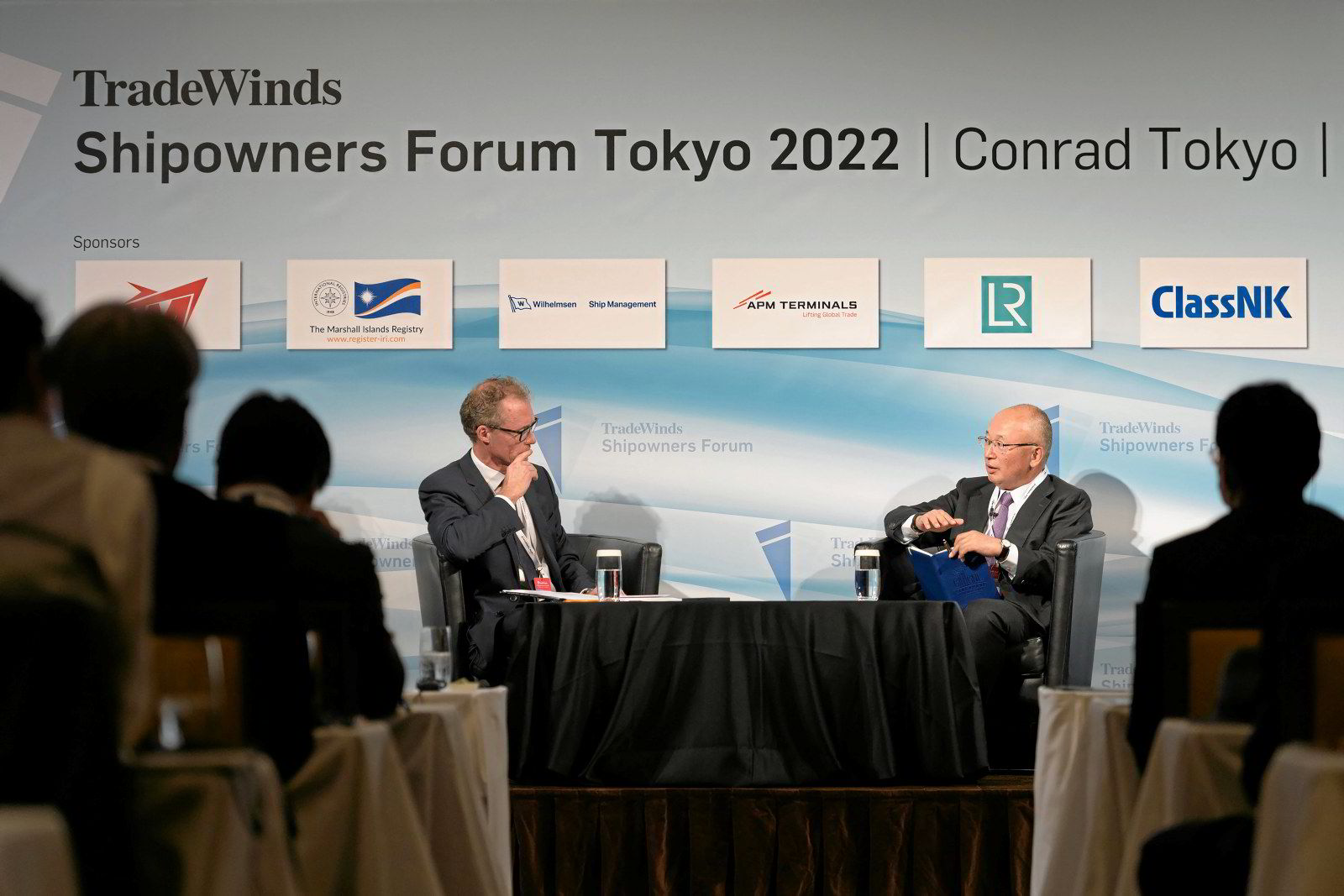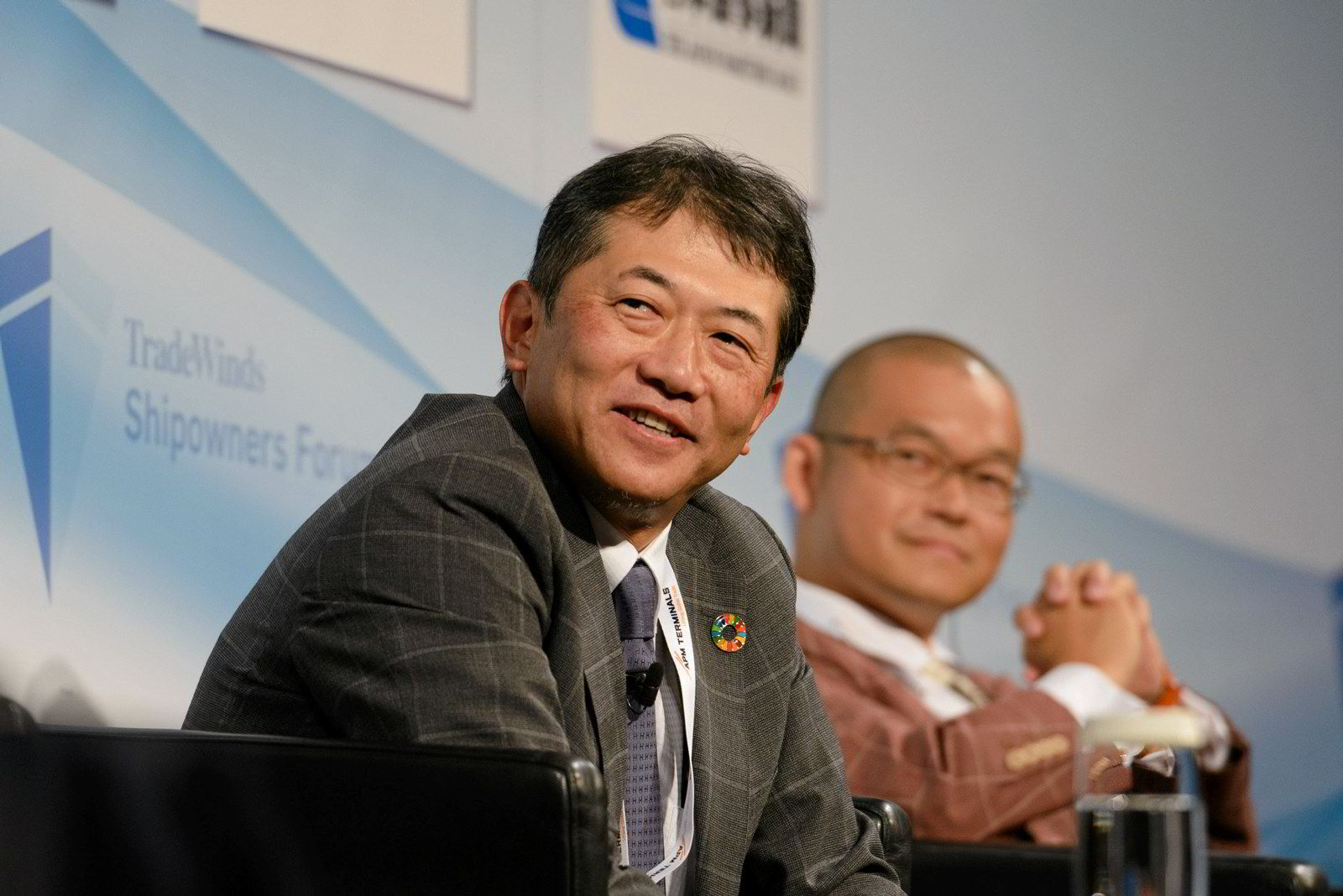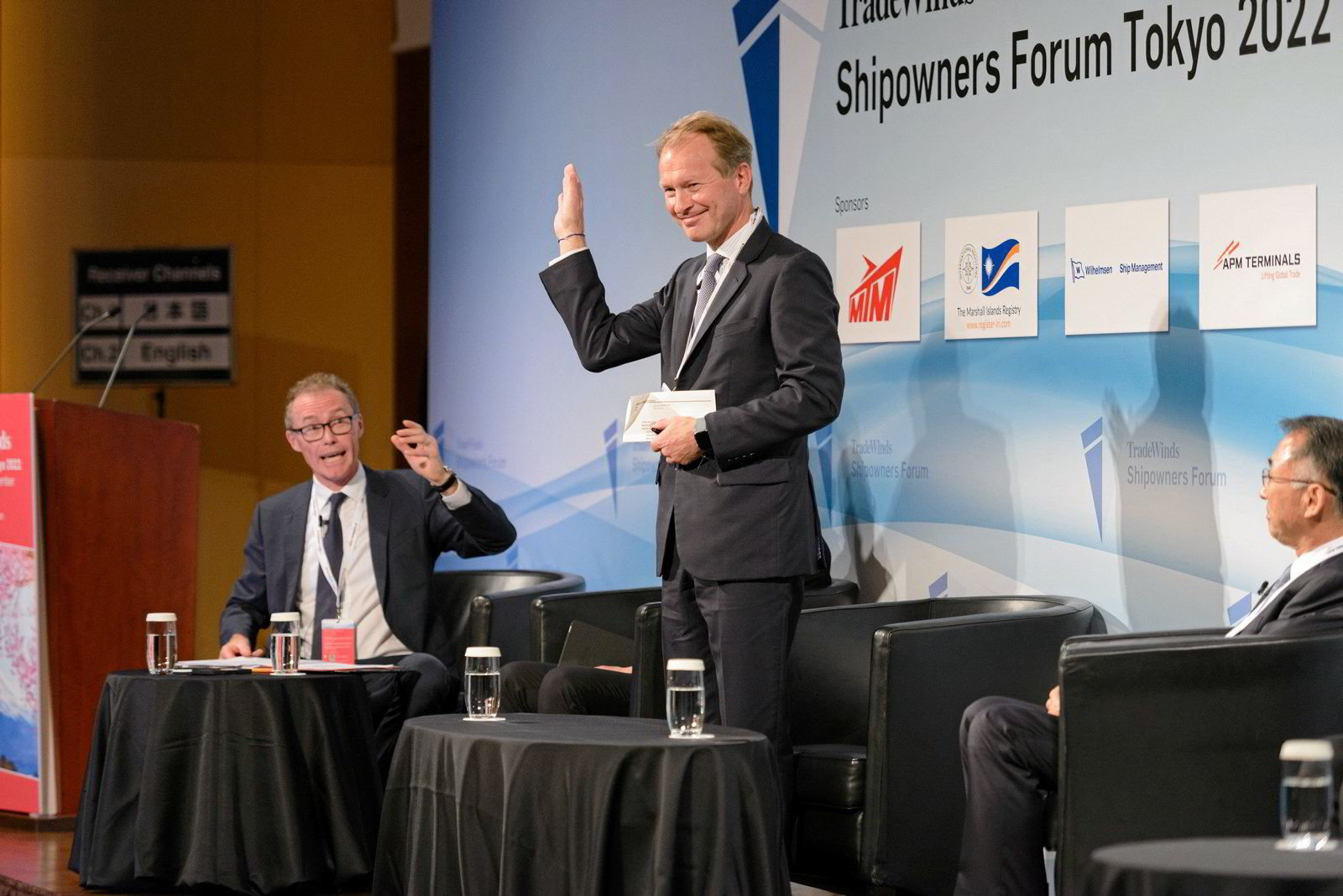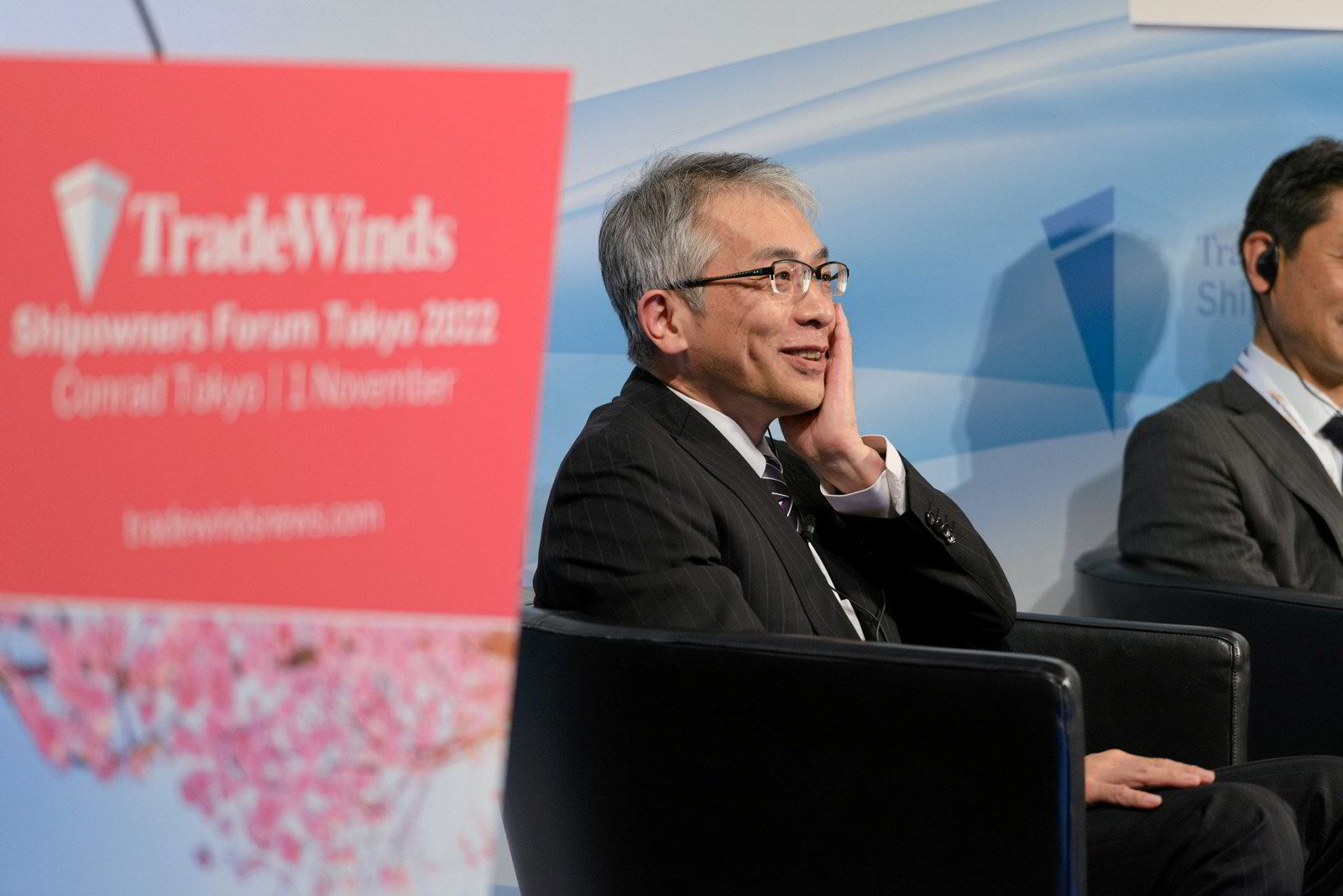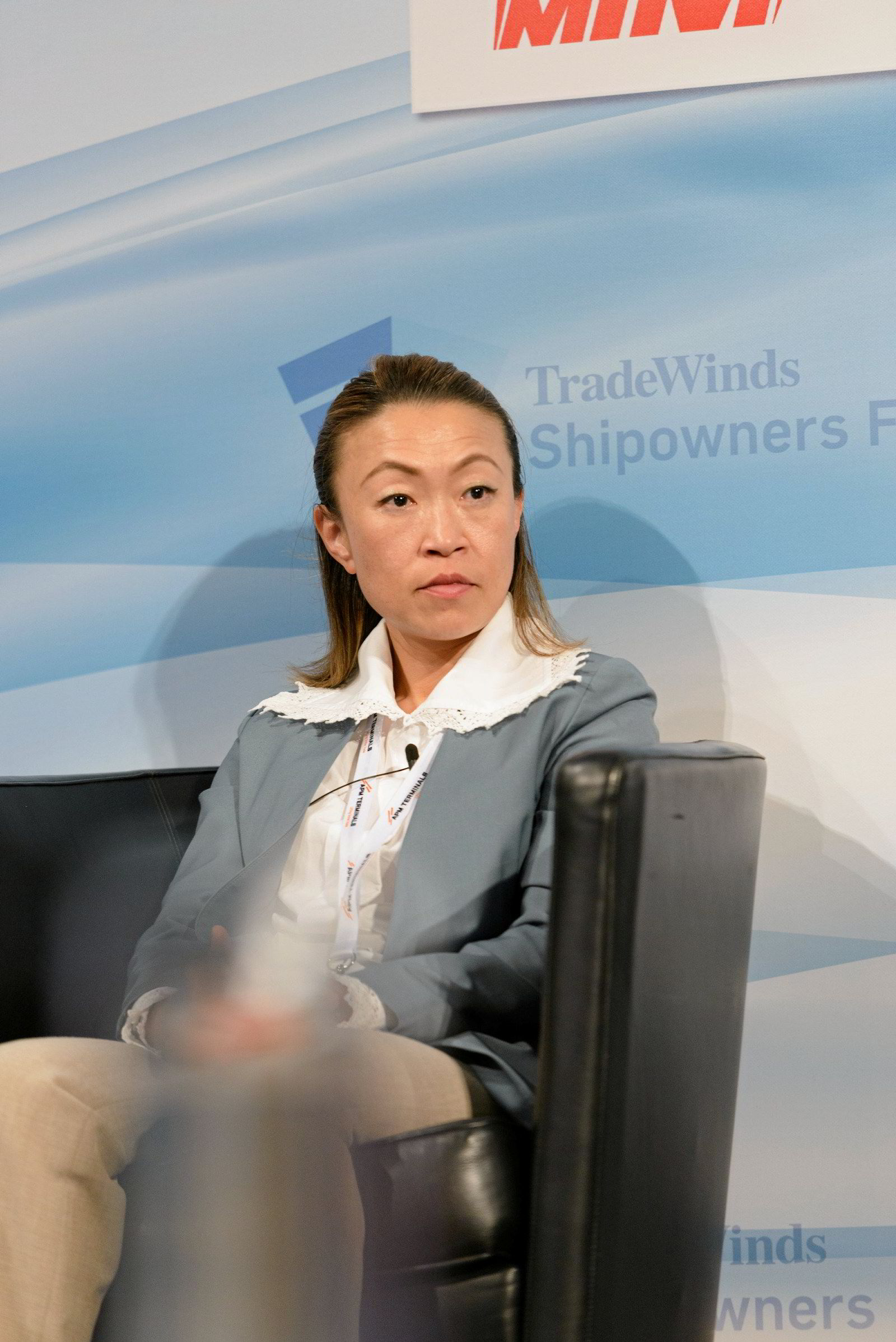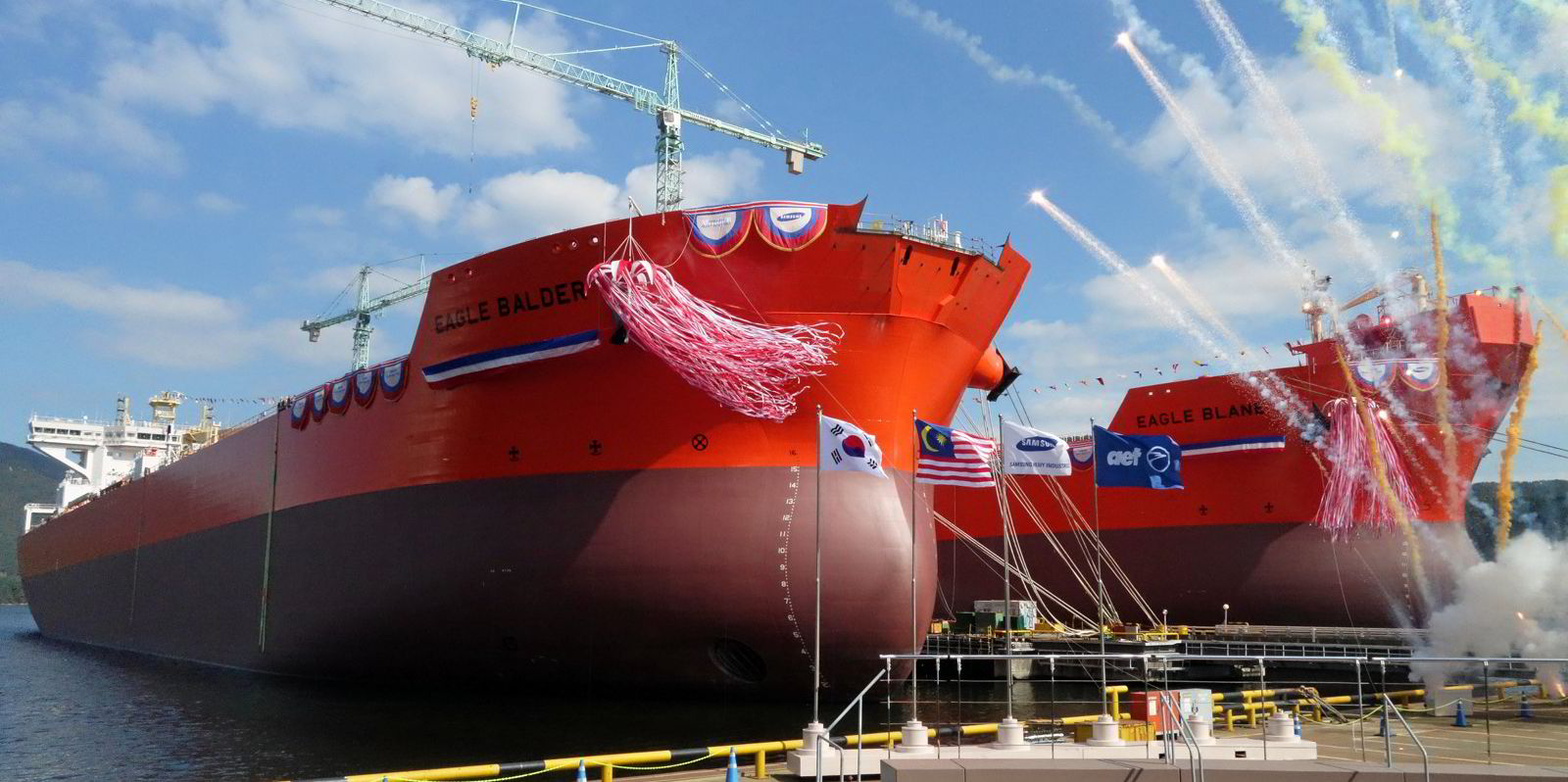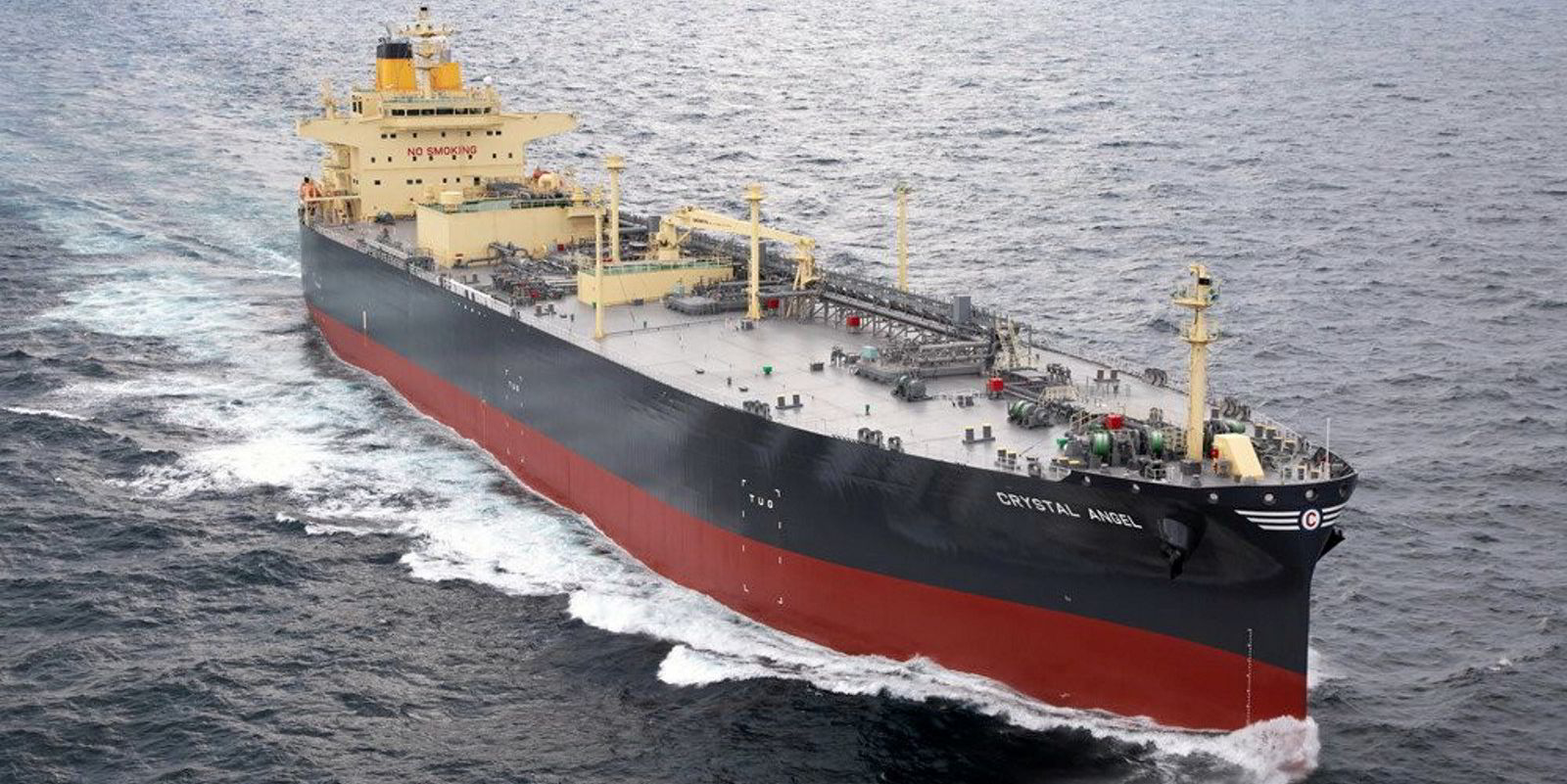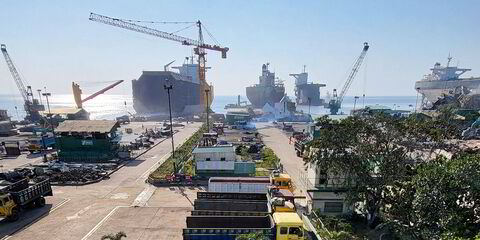Shipping companies that are hoping newbuilding prices will fall back are set to be disappointed, according to a senior Japanese shipping executive.
Mitsui OSK Lines’ president and chief executive Takeshi Hashimoto this week told delegates at the TradeWinds Shipowners Forum in Tokyo that expensive steel plate and rising labour costs have led to a surge in prices that will be difficult to reverse.
“Today’s ship price is high compared to five years ago,” said Hashimoto. “We need to accept this new normal in ship prices.”
MOL is committed to achieving net zero greenhouse gas emissions by 2050 and plans to launch about 90 LNG-fuelled commercial vessels by 2030. As part of its initiative to introduce clean alternative fuels, it has been active in ordering LNG dual-fuelled newbuildings in several sectors.
Hashimoto said the upturn in the shipping market and the profits made have allowed it to invest in green ships and accelerate MOL’s decarbonisation plan. The company has so far ordered more than 20 dual-fuelled newbuildings that include VLCCs, capesize bulk carriers and pure car/truck carriers.
“I am aware that our colleague shipowners are concerned about high operating and capital costs of investing in LNG dual-fuelled vessels under the current volatile LNG market,” he said. “But the price of LNG will be normalised.
“The current high price is due to the Russia conflict, but new LNG projects are being developed in North America, Mozambique and Qatar,” he said. “In three to four years, the supply and demand of LNG will be normalised. In the long term, I am not worried about the price of LNG.”
TradeWinds editor-in-chief Julian Bray asked Hashimoto if LNG-fuelled vessels will become “stranded assets” as LNG is a fossil fuel and is looked upon as a transitional fuel for shipping. Although it produces less CO2 and GHG emissions than conventional marine fuel, it can add to global warming through methane slip.
Hashimoto said the installation of new technology to reduce methane slip, and the ability to convert to a cleaner alternative fuel in the future, would allow LNG dual-fuel vessels to trade longer.
Methane slip
The road to decarbonisation for the shipping industry is not straightforward and will also require huge financing from banks.
Bank of Japan’s Yuichiro Yamaguchi said financing for sustainability is available to shipowners, but added it would be costly. The financing assessment is a lengthy process with restrictions and offers little incentive for financiers.
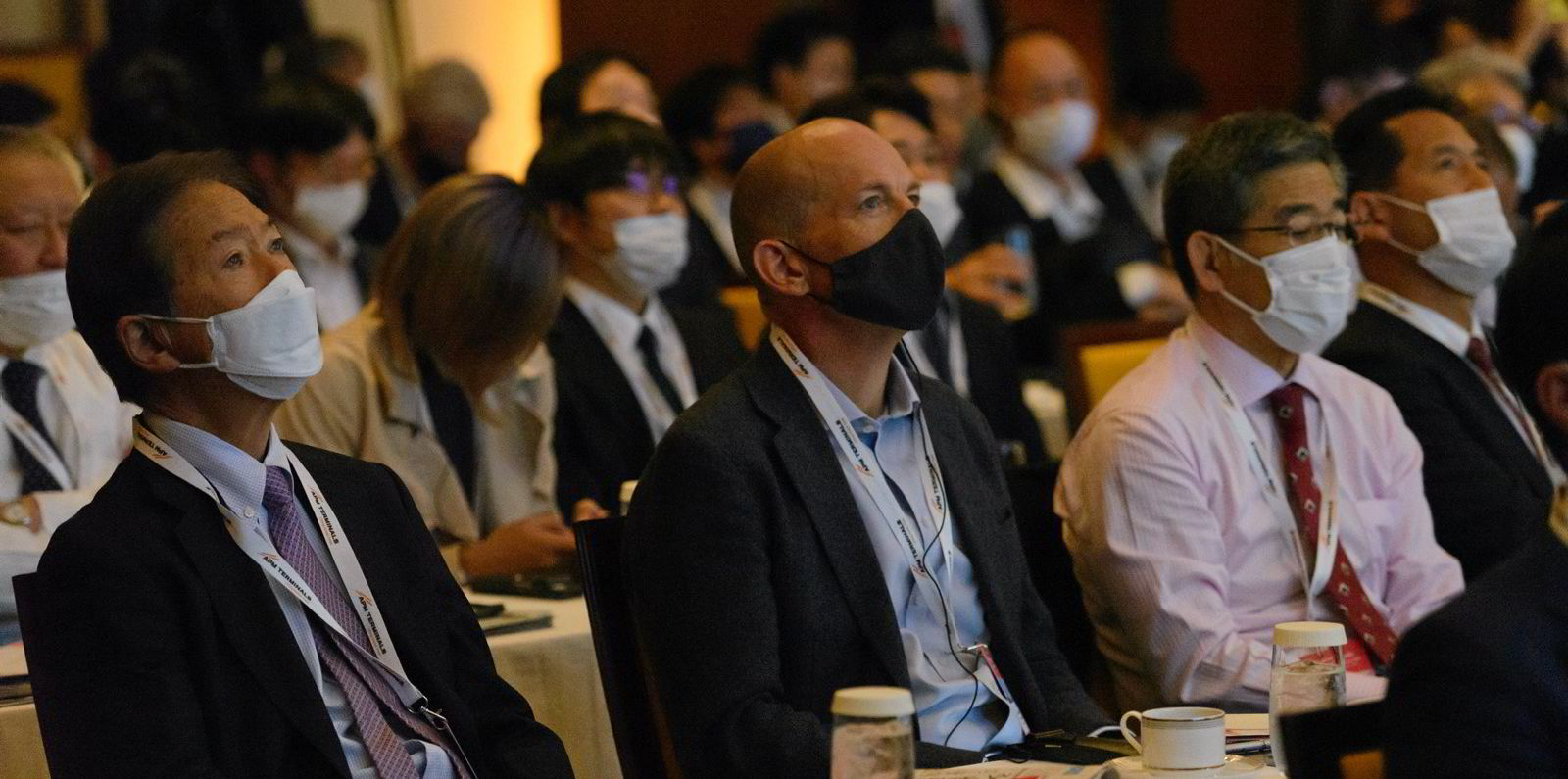
“With the various fuel choices, we have to establish how we can differentiate each type of fuel and at the moment, this is not available,” said Yamaguchi. “Our bank is working with ClassNK to come up with a framework that can help with the assessment. We are making progress on this.”
Discussing the environmental benchmarking of going green and the operating lease market, Jigo Hayashi, joint general manager of global shipping and finance at Japanese bank Tokyo Century Corp, said as a de facto shipowner under an operating lease, his company exercises prudent due diligence in owning and managing ships and is mindful of generating sufficient returns.
‘No optimal solution’
“It’s a tradeoff of the economically optimal and environmentally optimal. This is a constant battle and there is no optimal solution,” he said. “In Japan, economics outweighs the environmental.”
Hayashi said operating leases are less available to shipping companies today compared with 2016, when interest rates were low, as were asset and credit risks.
He said banks are now more prudent and selective about their clients.
Bray set a role-play scenario for the finance speakers, asking them how they would invest $500m.
Hayashi’s investment pitch was on retrofitting vessels with technology devices such as a carbon capture system, rechargeable battery and carbon storage technology.
Anchor Ship’s Shinichiro Sasaki said he would sit on the cash and wait for the right time to invest.
